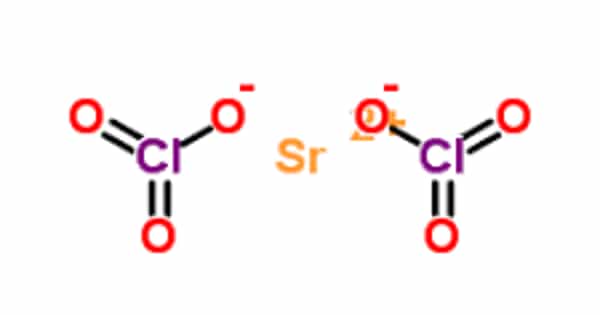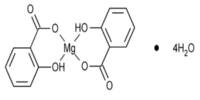Sylvite
Definition
Sylvite is a soluble colourless, white, or coloured mineral consisting of potassium chloride in cubic crystalline form with sodium impurities: it occurs chiefly in sedimentary beds and is an important ore of potassium. As a mineral specimen sylvite does not get much attention. The crystals can be well formed and are often reddish due to inclusions of hematite. However, sylvite is very soluble in water and specimens need to be stored in closed containers because even the moisture in the air can degrade its appearance.
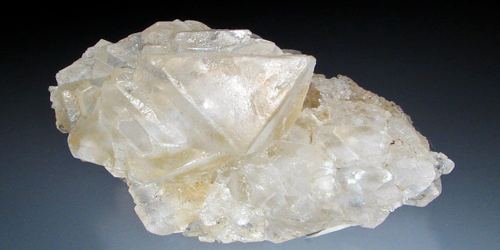
It is rarer than halite (sodium chloride) and occurs as soft, bitter-tasting, white or grayish, glassy cubes or as masses with halite and gypsum in evaporite deposits in the vicinity of Stassfurt, Ger., and in southwestern New Mexico, U.S. It was first found (1823) as an incrustation on lava from Mt. Vesuvius.
It has a Mohs hardness of 2.5 and a specific gravity of 1.99. It has a refractive index of 1.4903. Sylvite has a salty taste with a distinct bitterness.
Structure and Properties of Sylvite
Sylvite is very similar to Halite, and is ismorphous with it, but it has a more bitter taste an greater solubility. It sometimes forms as a contrasting accessory mineral to deeply colored Halite specimens. Sylvite is named after named after François Sylvius de le Boe (1614-1672), a Dutch chemist and physician.
Sylvite is found in many evaporite deposits worldwide. Massive bedded deposits occur in New Mexico and western Texas, and in Utah in the US, but the largest world source is in Saskatchewan, Canada. The vast deposits in Saskatchewan, Canada were formed by the evaporation of a Devonian seaway. Sylvite is the official mineral of Saskatchewan.
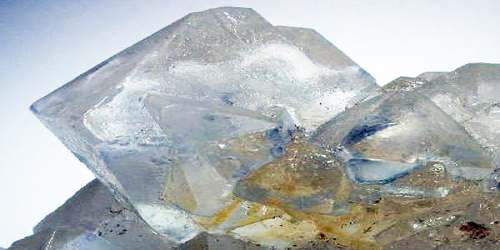
Sylvite commonly has octahedral faces truncating the corners of the cubic crystals. So does halite, but this characteristic is much more prevalent in sylvite than in halite. Better tests include a taste test in which halite, salt, will taste salty and sylvite tastes bitter.
The name sylvite is easily confused with the much more valuable sylvanite. Sylvanite is a silver gold telluride, AuAgTe4 and should never be mistaken for sylvite. There is a low-sodium version of table salt (light salt) which is half halite and half sylvite. Naturally, it has half the sodium content of ordinary table salt, since that sodium has been replaced with potassium. It is a perfectly acceptable substitute for many people, while others consider it bitter.
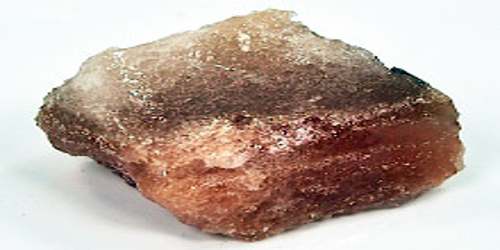
Uses of Sylvite
Sylvite is one of the last evaporite minerals to precipitate out of solution. As such, it is only found in very dry saline areas. Its principal use is as a potassium fertilizer. It has other important industrial uses, including aluminium recycling, metal electroplating, and in oil drilling fluids. It is the chief ingredient of potassium supplements, which are used to treat or prevent low potassium conditions such as hypokalemia.
Reference:

